Search
Did you mean: Tara?
Summary 
Loading AI-generated summary based on World History Encyclopedia articles ...
Search Results
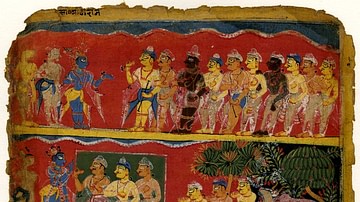
Article
Caste System in Ancient India
Ancient India in the Vedic Period (c. 1500-1000 BCE) did not have social stratification based on socio-economic indicators; rather, citizens were classified according to their Varna or castes. 'Varna' defines the hereditary roots of a newborn...
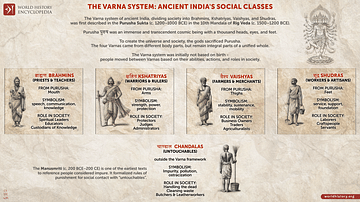
Image
The Four Castes of Ancient India - The Varna System
This infographic illustrates the Varna caste system in ancient India. First mentioned in the Rig Veda's Purusha Sukta c. 1200–1000 BCE, it shows society divided into four groups that emerged from the sacrifice of Purusha, a transcendent and...
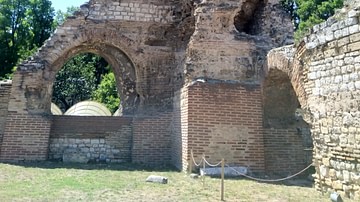
Image
Roman Baths in Varna
The Roman Baths of Odessos (modern-day Varna, Bulgaria) were built around the end of the 2nd and the beginning of the 3rd century CE under Roman emperor Septimius Severus. They cover over 7000 square meters and were the fourth-largest public...
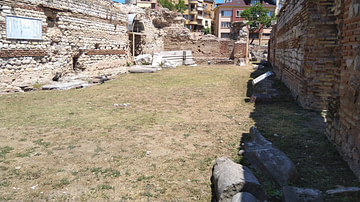
Image
Frigidarium of the Roman Baths in Varna
The frigidarium (cold room) of the Roman Baths of Odessos (modern-day Varna, Bulgaria). The baths were built around the end of the 2nd and the beginning of the 3rd century CE under Roman emperor Septimius Severus. They cover over 7000 square...
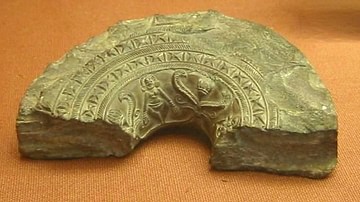
Definition
Arthashastra
The Arthashastra is an Indian treatise on politics, economics, military strategy, the function of the state, and social organization attributed to the philosopher and Prime Minister Kautilya (also known as Chanakya, Vishnugupta, l. c. 350-275...
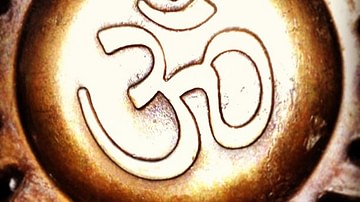
Definition
Brahmanism
Brahmanism (also known as Vedic Religion) is the belief system that developed from the Vedas during the Late Vedic Period (c. 1100-500 BCE) originating in the Indus Valley Civilization after the Indo-Aryan Migration c. 2000-1500 BCE. It claims...

Definition
Bhagavad Gita
The Bhagavad Gita (“Song of God” or “Song of the Lord”) is among the most important religious texts of Hinduism and easily the best known. It has been quoted by writers, poets, scientists, theologians, and philosophers – among others – for...
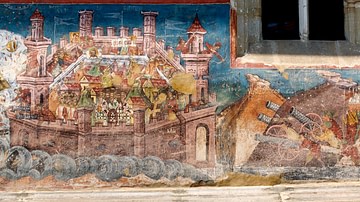
Article
1453: The Fall of Constantinople
The city of Constantinople (modern Istanbul) was founded by Roman emperor Constantine I in 324 CE and it acted as the capital of the Eastern Roman Empire, or Byzantine Empire as it has later become known, for well over 1,000 years. Although...
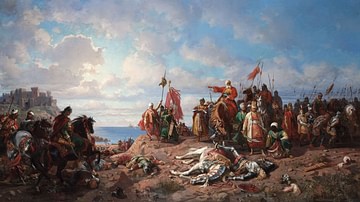
Image
Death of King Władysław Jagiellończyk
Depicted here is the Death of King Władysław Jagiellończyk (r. 1424-1444 CE) at the Battle of Varna. This was a decisive moment in the Crusade of Varna, as the Turks under Sultan Murad II (r. 1421-1444 CE and 1446-1451 CE) won a decisive...
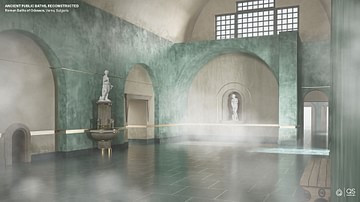
Image
Roman Baths of Odessos - Digital Reconstruction
A digital reconstruction of what the Roman Baths of Odessos in modern-day Varna, Bulgaria may have looked like. Reconstruction created by NeoMam Studios, commissioned by QS Supplies.